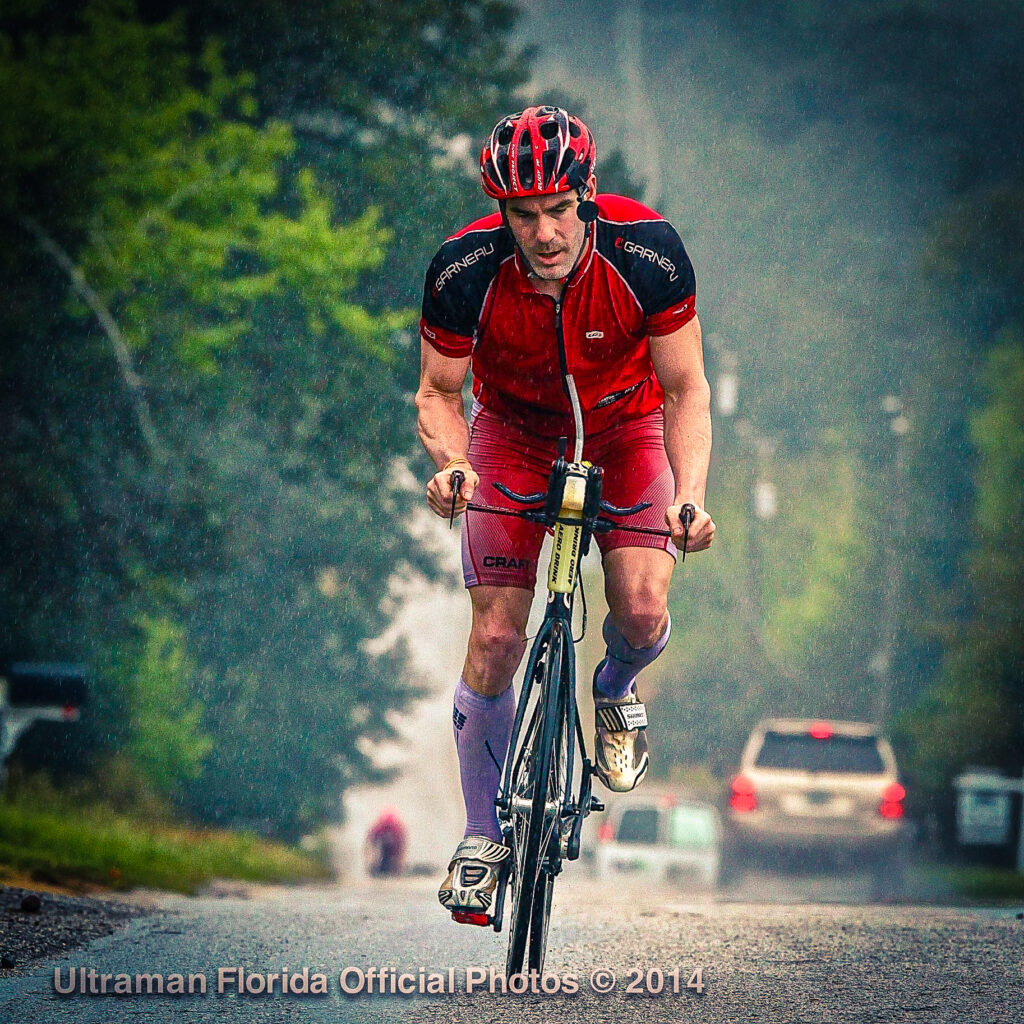Question: “How many races should I run in a year?”
Answer: How many races an athlete can run in a year depends on the athlete. I say this not to be difficult, but every athlete is unique and responds to races in their own way. Some athletes look forward to meeting their competition and can’t wait to step up to the start line. Others give themselves a goal event and that single race is their motivation to train. However, races are more than just going as hard as you can, so the query become also a question of taking into account the psychological and physical toll of participating or racing.
One can approach racing from many different angles. Firstly, they are a means to test your speed and race craft against competition. For some athletes, a race can elicit a more consistent effort than might be seen during a tempo workout. Shorter races are also an excellent way to determine or confirm threshold heart rate, pace or power. Racing also provides the opportunity to practice intangibles like race weekend preparation and the ability to fine tune nutrition, and travel as well as refine sleep habits. Racing also provides a competitive outlet: a part of sport that many athletes thrive on.
Races are good as a run through in preparation for a goal event. For example they can be utilized as a stepping stone to a longer race: a standard distance triathlon when preparing for a 70.3, or a half marathon in the lead up to a marathon. Embrace them as a learning experience.
When deciding how many races to compete in, you must first develop a yearly plan with the ultimate focus on the “A” or most important race. Determine how much time needs to be devoted to building up to the race distance. Early in the season, shorter, single sport races like a 5 or 10k are great for dialling in threshold heart rate and pace. Closer to the athlete’s goal race, a full triathlon is a good opportunity to evaluate how training is progressing and getting a handle on race specific processes like transitions, running off the bike and practicing nutrition.
At the longer distance races such as an IRONMAN, a newer athletes’ needs are different from an experienced one. A coach typically needs to adapt this athlete’s body to the increased endurance required for the distance. On the other hand, a seasoned athlete might be looking for adaptation from shorter events in order to increase overall speed. An athlete stepping up to a longer distance may need much of that time adapting to the extra endurance required. Therefore putting in the time and mileage with long training sessions without the time lost to building into, tapering and recovering from multiple races is often preferable.
On top of that, many athletes also require psychological reassurance that they have the physical and mental ability to complete the event and this is where completing a 70.3 distance race two months prior to an IRONMAN comes in. The athlete has a dry run through and comes away from the race with added confidence towards completing the longer distance.
When deciding how many races an athlete can race in a year, keep in mind the process goal of each event within the training plan, the amount of recovery required from the race and whether the race is going to be a positive experience overall. For example, adding criterium style bike racing into an athletes’ plan, 8 weeks out from a goal non-draft legal triathlon is more likely to be a negative experience with the chance of injury being high and the race not being target specific. However, a short local time trial may boost fitness and provide a chance to work on bike position as well as aerodynamics.
When deciding on how many races to include in your yearly plan, all these factors should be considered with the outcome based on what is best for that athlete.
LifeSport coach Dan Smith is a NCCP certified triathlon coach whose experience over 20 years has lead athletes to secure a spot in Kona and hit the podium on a consistent basis. Dan’s knowledge and experience allows him to customize a program for beginners to pro athletes. Contact Dan to share your goals, race faster, or master the Ironman distance.
